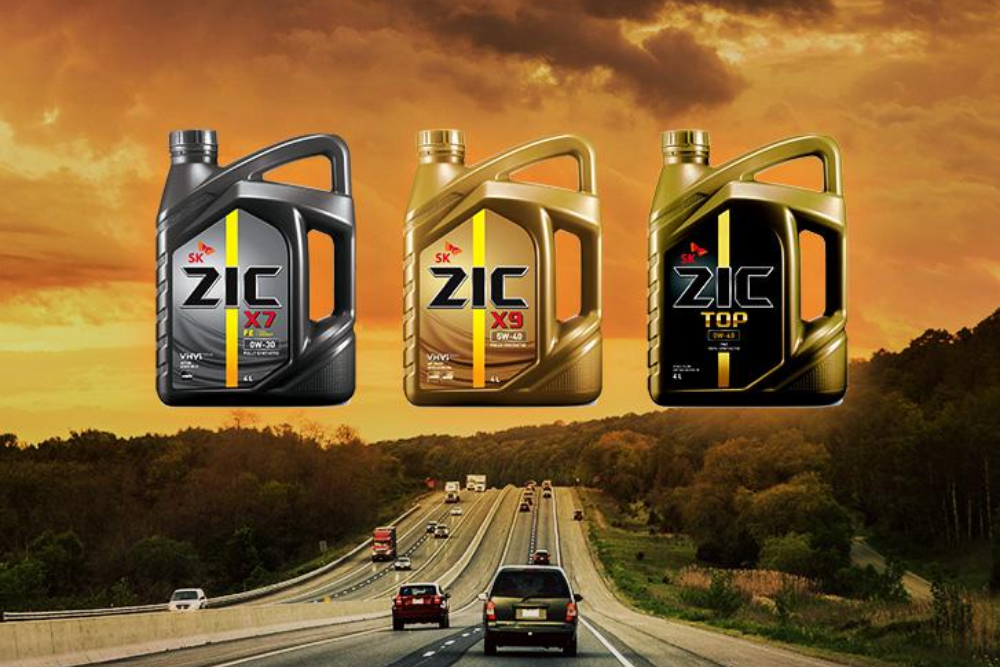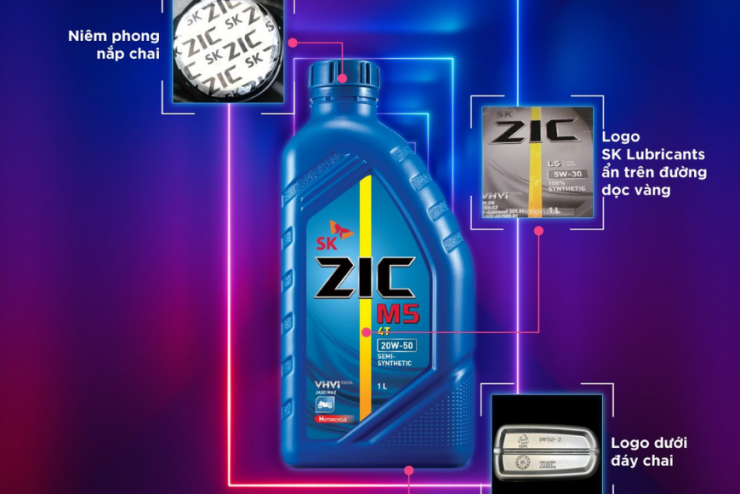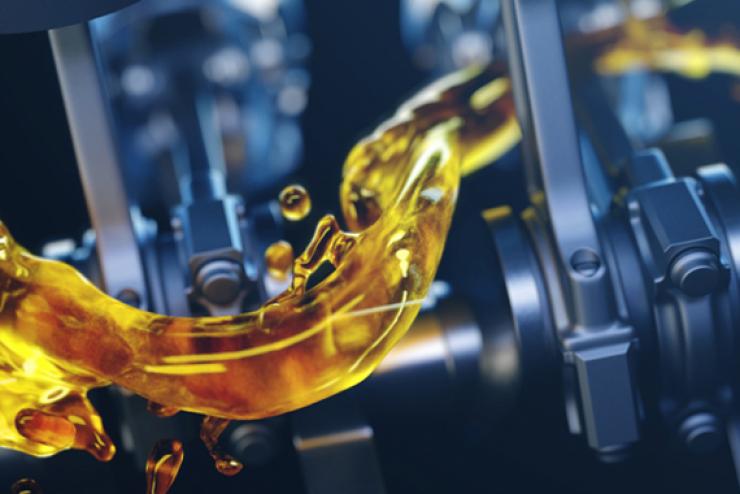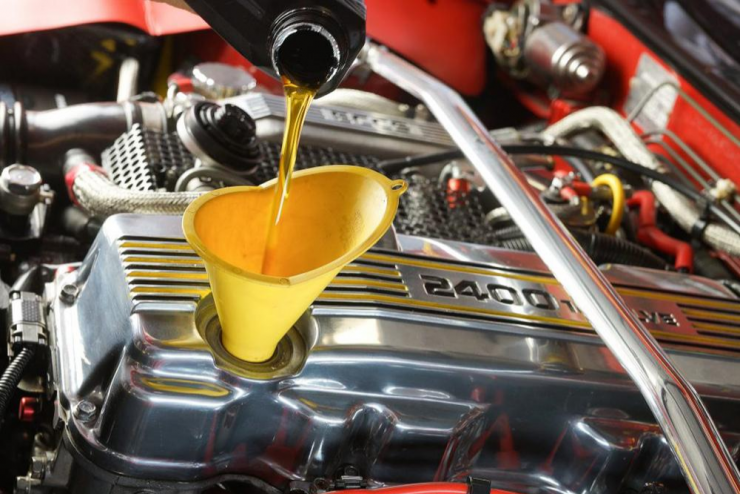Choose engine oil for automobiles
Choosing the right engine oil for automobiles helps the car to promote the best use efficiency, save fuel, reduce the number of repairs, prolong the use time and reduce environmental pollution. To choose the right lubricant, you need to know the basic information to distinguish and use it properly. Learn and choose engine oil for automobiles with ZIC!
Car oil is different from motorcycle oil and is not interchangeable. Specifically:
- Motorcycle lubricants are made for the same engine, clutch and gearbox, while cars require separate oils for each part.
- Motorcycle oil focuses on balancing the effectiveness of engine lubrication, protecting the transmission and ensuring enough friction to keep the clutch from slipping. Meanwhile, automobile oil is made with the main task of lubricating, protecting the engine, saving fuel and reducing emissions.
- Some components in automotive engine oils are not compliant with the motorcycle oil specification. Viscosity regulator additives and lubricants, for example, their presence will damage wet clutches on digital motorcycles.
The landscape of engine development and lubrication technology is becoming increasingly complex. The car manufacturer focuses on improving engines, developing attached components to increase operational efficiency and reduce emissions. The oil used for cars must be improved to be compatible. The standards for evaluating the quality of automotive lubricants are more stringent and more complex than motorcycles.

So how is choosing the right lubricant for cars?
ZIC tells you! To understand car lubricants, you need to know the following four standards: SAE, API, ACEA and ILSAC.
SAE viscosity grade: SAE viscosity grade does not state the product quality but plays an important role in determining the thinness of the lubricating oil layer between surfaces. SAE viscosity grade has the form SAE xxWyy. Inside:
- xx relates to the oil's ability to use cold temperatures, the smaller the xx is, the easier it is to use at low temperatures. For example: 0W oil has a freezing point lower than 10W, suitable for both cold and frozen countries.
- yy relative to viscosity at 1000C, yy the thicker the lubricating viscosity.
Since the viscosity will vary with temperature, the SAE value is chosen depending on the climatic zone of use and the manufacturer's requirements.
API standards: applicable to gasoline engines and diesel engines as follows:
- Oil meets API SA, SB, SC, ... SH, SJ, SL, SM, SN, SN + standards, applicable to gasoline cars.
- Oil meeting CA, CB, ..., CF-2, CF-4, CG-4, CH-4, CI-4, CJ-4, PC-11 (CK-4, FA-4) standards applies to diesel car
The subsequent quality level will improve and meet the requirements of the previous quality level, except FA-4. This standard is not compatible with previous standards, only compatible with specific engines requiring low viscosity at high temperatures / high cutting speeds (between 2.9 cP - 3.2 cP).
ACEA standards: applies to gasoline engines and diesel engines as follows:
- Oil meets ACEA A1, A2, A3, A4, A5 standards, applicable to gasoline cars
- Lubricants that meet ACEA B1, B2, B3, B4, B5 standards are applicable to light oil vehicles.
- Oils meeting ACEA A1 / B1, A3 / B3, A3 / B4, A5 / B5 standards are applicable to both gasoline and oil engines.
Choosing the right ACEA lubricant for the vehicle must comply with the engine manufacturer's requirements.
ILSAC standards: applied to gasoline cars and classified into ILSAC GF-1, GF-2, GF-3, GF-4, GF-5, GF-6 (GF-6A, GF-6B) grades. The later quality grades improve and meet the requirements of the previous quality grades, except for GF-6B. This standard is a sub-branch of GF-6 that applies to the growing SAE 0W-16 and SAE 5W-16 lubricants. The ILSAC GF-6B viscosity rating is too low and may not be compatible with older engines.

ZIC-branded automotive lubricant products meet quality standards and apply exclusive technologies from SK Lubricant Korea. Refer to information from the garage or contact ZIC to get the most accurate and relevant information.











